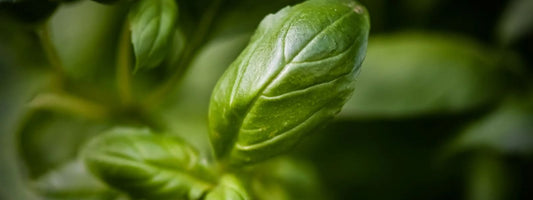
Francesca Bianchi on the art and emotion behind perfume
In our conversation, Francesca Bianchi shared intimate insights into her creative process, childhood inspirations, and the personal experiences that shaped her career as a perfumer.
Can you recall the moment when you decided to become a perfumer? Where were you, and what triggered that decision?
My journey into perfumery traces back to my childhood. Perfumes were always significant and inspiring to me, which was a bit unusual. I remember not all kids, like me, were attracted to perfumes. Not even adults were attracted to perfumes that much. Their lack of interest felt almost like a disconnect in my own world.
Either way, I remember sharing Yves Saint Laurent’s Paris with my sister. We liked this perfume because it was worn by a sweet person we both dearly loved. Since then, I am profoundly touched by the emotional connections that scents can create.
My first personal purchase was Dior’s Poison, which I bought with my pocket money at 14. By 17, I had a collection of ten perfumes, a substantial number for someone my age. While my friends had just one or none, my collection reflected a deep emotional connection rather than an interest in perfume notes.
The decision to become a perfumer solidified later in life when I met an Italian perfumer, who encouraged me to pursue this passion despite my initial doubts.
If you could teach any topic related to perfumery, what would it be?
If I had the opportunity, I would teach about the emotional impact of fragrances. Understanding how scents evoke emotions and memories is crucial for creating perfumes that resonate deeply with people. It’s not just about technical knowledge but about capturing and conveying feelings through fragrance.
If you were a perfume ingredient, what kind would you be and why?
I would choose iris, specifically iris butter, because of its multifaceted nature. Iris represents elegance and complexity, with its violet, green, earthy, and powdery nuances. It reminds me of the paintings of Mark Rothko, which have a similar opaqueness and mesmerizing quality. The root of the iris is where its essence lies, and it reflects a certain depth and mystery that I find very appealing.




